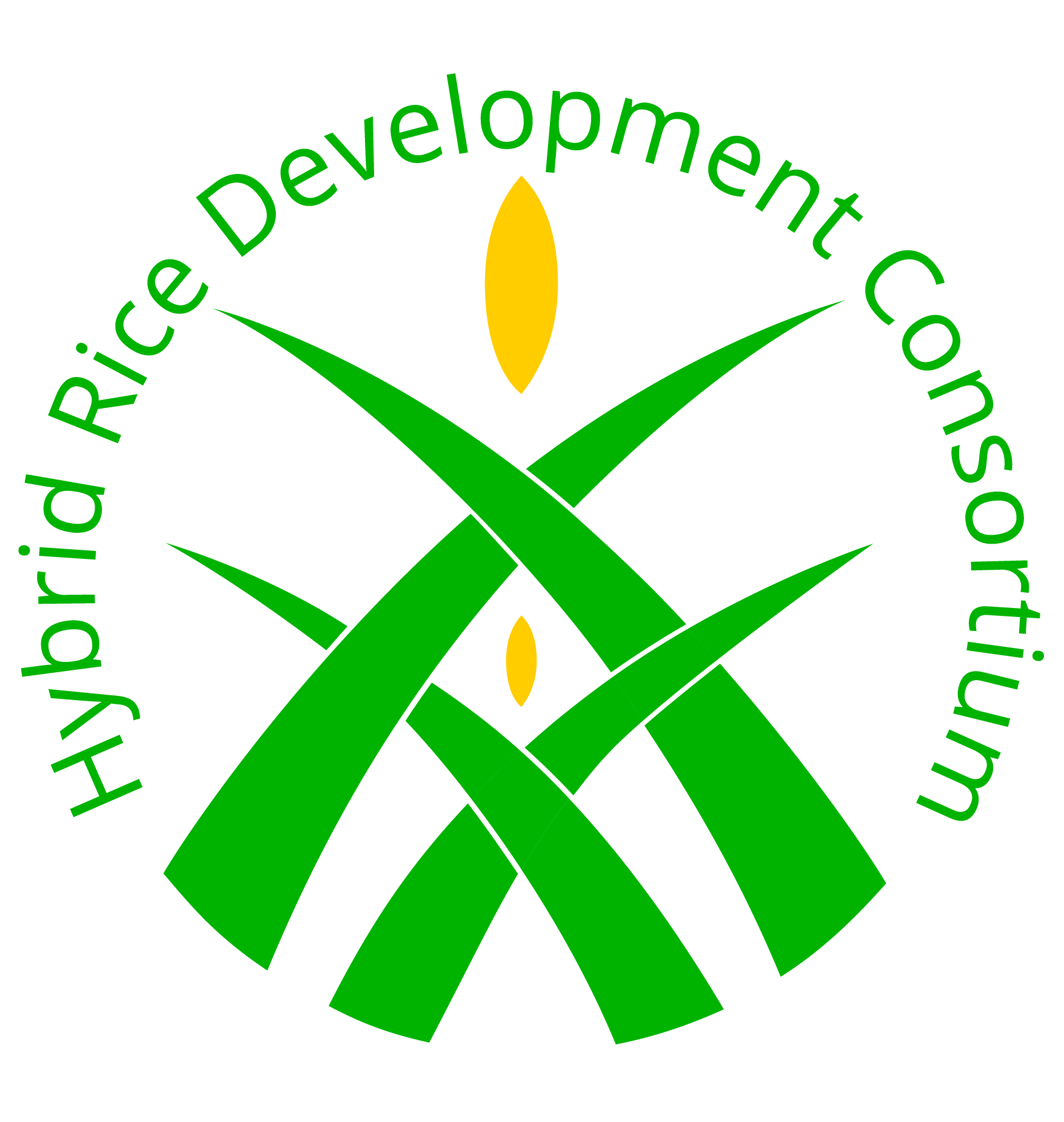frequently asked questions
What is HRDC?
The Hybrid Rice Development Consortium is a membership association organized by the International Rice Research Institute. Currently, HRDC has 75 members all over the world.
What does the HRDC do?
The HRDC helps public and private organizations collaborate toward and benefit from technology dissemination and product commercialization of hybrid rice.
Who can be a member?
Any organization that has commercial activities related to agriculture, rice research and development, or are selling seeds and other products and services, including business entities under public organizations, may become a member of the HRDC.
How can I be a member?
To be a member, fill out this application form or send an email to hrdc@irri.org. The membership cycle is from January 1 to December 31. The HRDC would consider on a case-to-case basis if an organization wishes to be a member mid-year through.
How much is the HRDC membership fee?
Annual membership fees vary depending on membership category.
Platinum = USD 45,000
Gold = USD 20,000
Green = Voluntary
Who leads HRDC operations and where is their office located?
The International Rice Research Institute coordinates and leads the operations and activities of the HRDC. The HRDC office is located at IRRI headquarters, Los Baños, Laguna, Philippines.
How is the HRDC structured?
The HRDC is composed of advisory and technical committees and members in different categories. The advisory committee (AC) is composed of three members from the private sector, two members from the public sector, and two IRRI representatives, plus the HRDC coordinator. The AC is chaired by the IRRI Deputy Director General for Research or his/her representative. As for the technical committee (TC), five geneticists have been identified by the HRDC Chair in consultation with the AC. These members will be announced to the consortium soon.
Who are significant HRDC partners around the globe?
Some of the significant HRDC partners are Bayer, Pioneer, and Syngenta.
What kind of germplasm is shared with HRDC members?
Active members are eligible to receive new elite parental lines (A and R lines for testing and A, B, and R lines for commercial licenses). In 2016, HRDC shared 12 A lines and 15 R lines. In addition to these lines, F2 seeds of select R/R and B/B crosses will be shared together with information on different target trait markers to allow for easy selection. As a “welcome kit,” HRDC will provide 40 available lines (released varietal germplasm plus parental lines) to all new members. Existing members who have not availed of these lines in the past can also receive them from HRDC without additional cost.
Who would be responsible for securing import permits to obtain HRDC material in respective countries?
It is the responsibility of the member to secure needed permits in a timely manner to receive HRDC material. However, HRDC will be guiding the process to be followed for such material transfers.
Does HRDC work only on 2-line hybrid rice systems or does it also work on 3-line hybrid rice systems?
HRDC works on 2-line as well as 3-line hybrid rice systems.
Will lines from the old 2-line hybrid rice program be made available to members?
If there is any specific request to share such lines, the HRDC would make them available. However, this will be considered on a case-to-case basis.
Will the HRDC share B lines with the members?
HRDC proposes an integrated approach to enhance the value of the available pool of A lines. HRDC will first provide A lines for research and breeding purposes. Members are encouraged to share their results with HRDC on the performance of these lines. For a second time, and based on the members’ evaluation, B lines of top-performing A lines will be made available. With the collective results coming from HRDC members representing agro-climatic conditions across the world, HRDC would focus on such identified A/B couples for further improvement.
Will HRDC continue to deliver hybrid rice varieties and invest in testing hybrids, or will it deliver only F2 populations and fixed lines?
HRDC plans, priorities, and deliverables are driven by the needs of all members and countries. Moving forward, the consortium will focus on delivering high-value upstream material (segregating population) and fixed parental lines. However, HRDC may continue to develop hybrids if requested by members, upon consultation with the technical and advisory committees.
What is the approach for high-value shuttle breeding and what are the expected deliverables?
A high-value shuttle breeding program involving all HRDC members will begin at around April 2017 and will span three to four years after alignment with the molecular breeding strategy from a newly formed HRDC technical committee. This will involve sharing a few F2 elite breeding lines and BC1F2 populations derived from B × B or R × R crosses to HRDC members to allow for selection in different target sites and pooling together for genotyping and further phenotyping. The promising products derived from this shuttle breeding program will be available for free to all participating HRDC members. Results will be jointly published in peer-reviewed journal(s).
